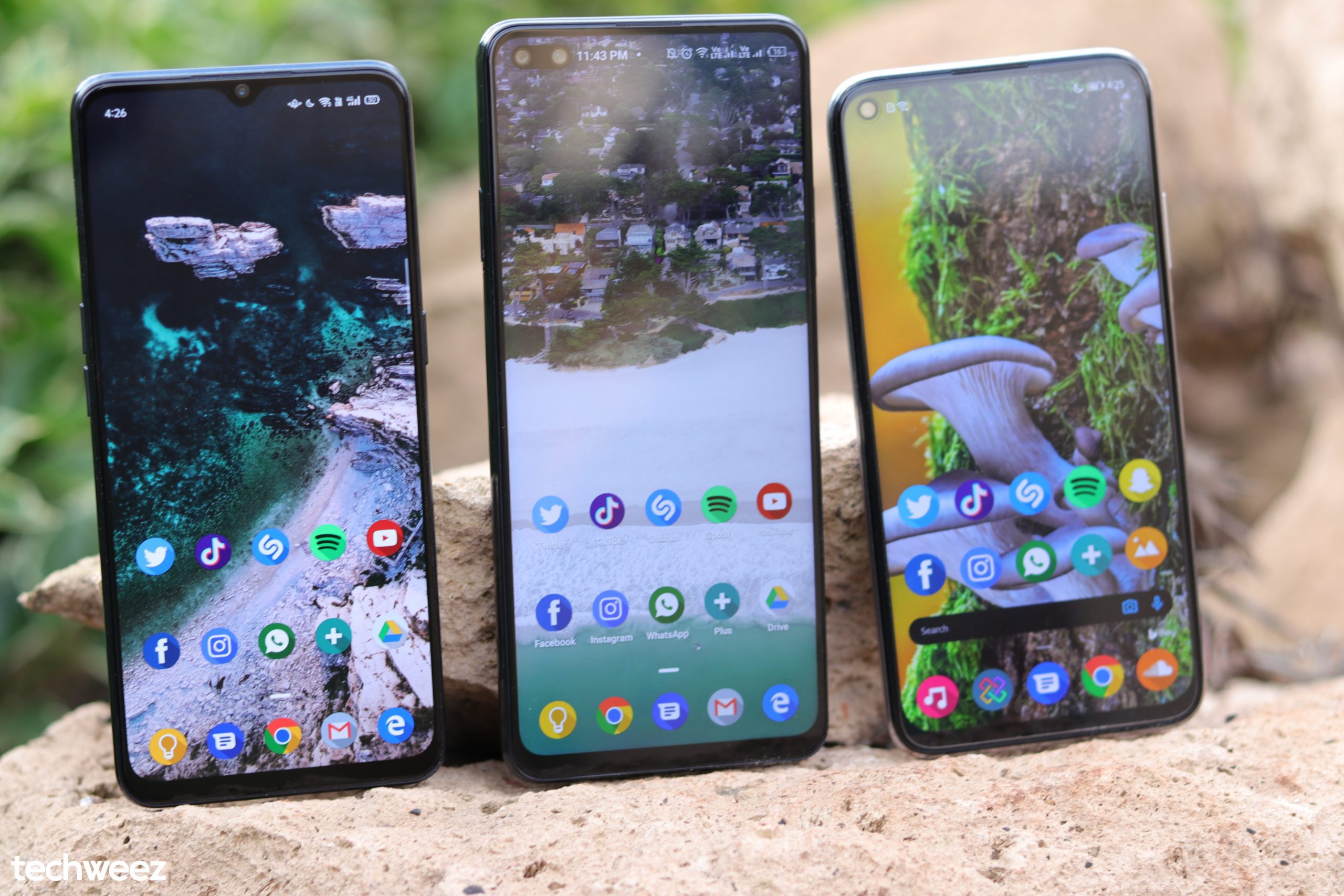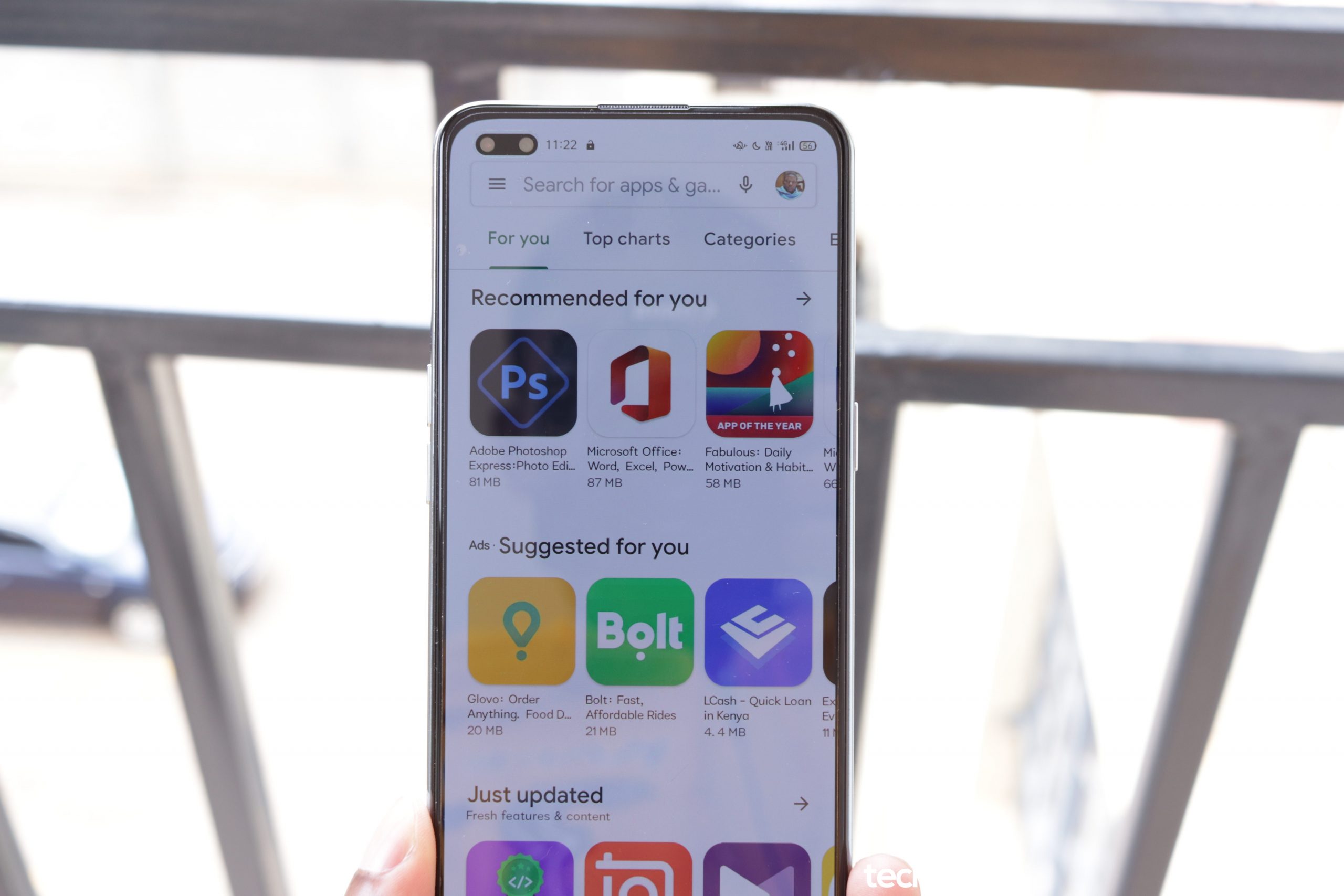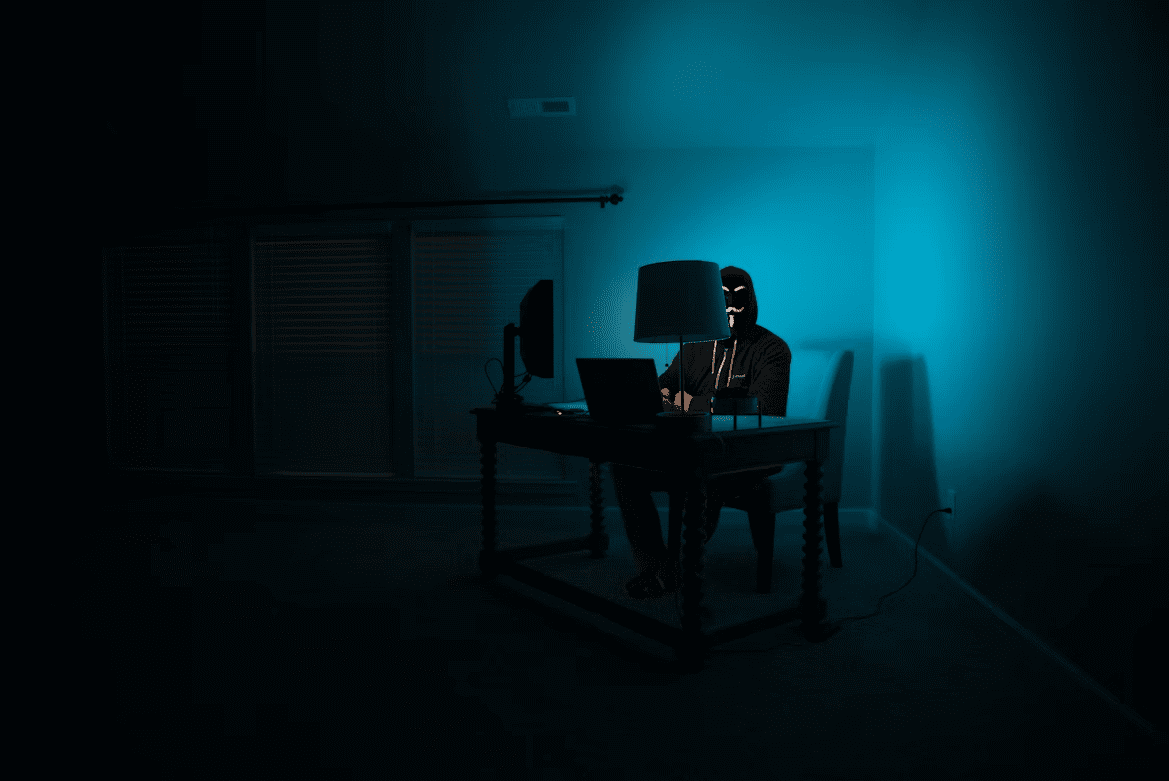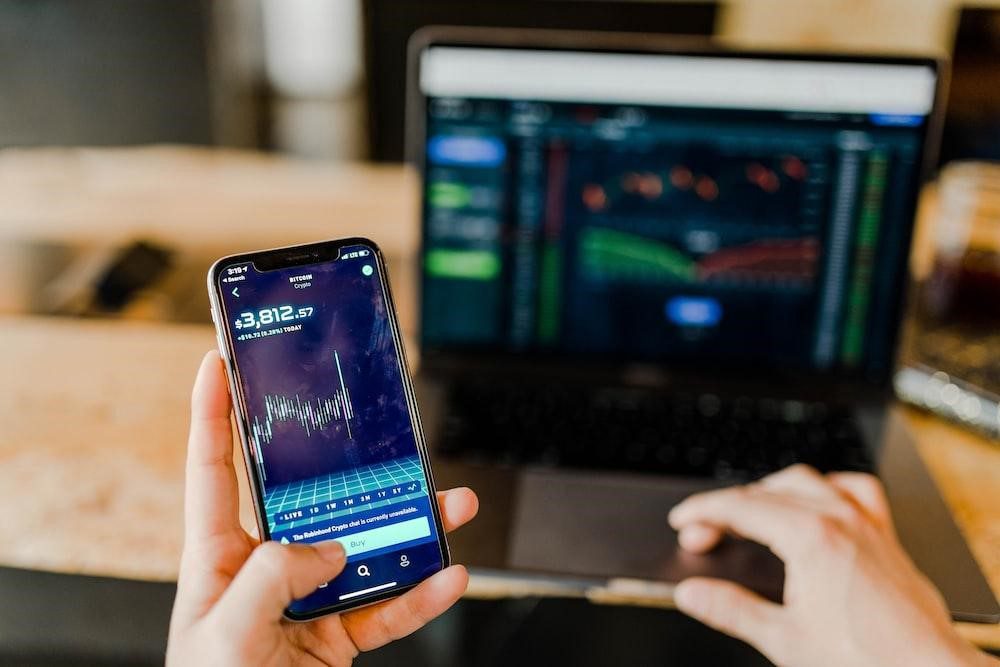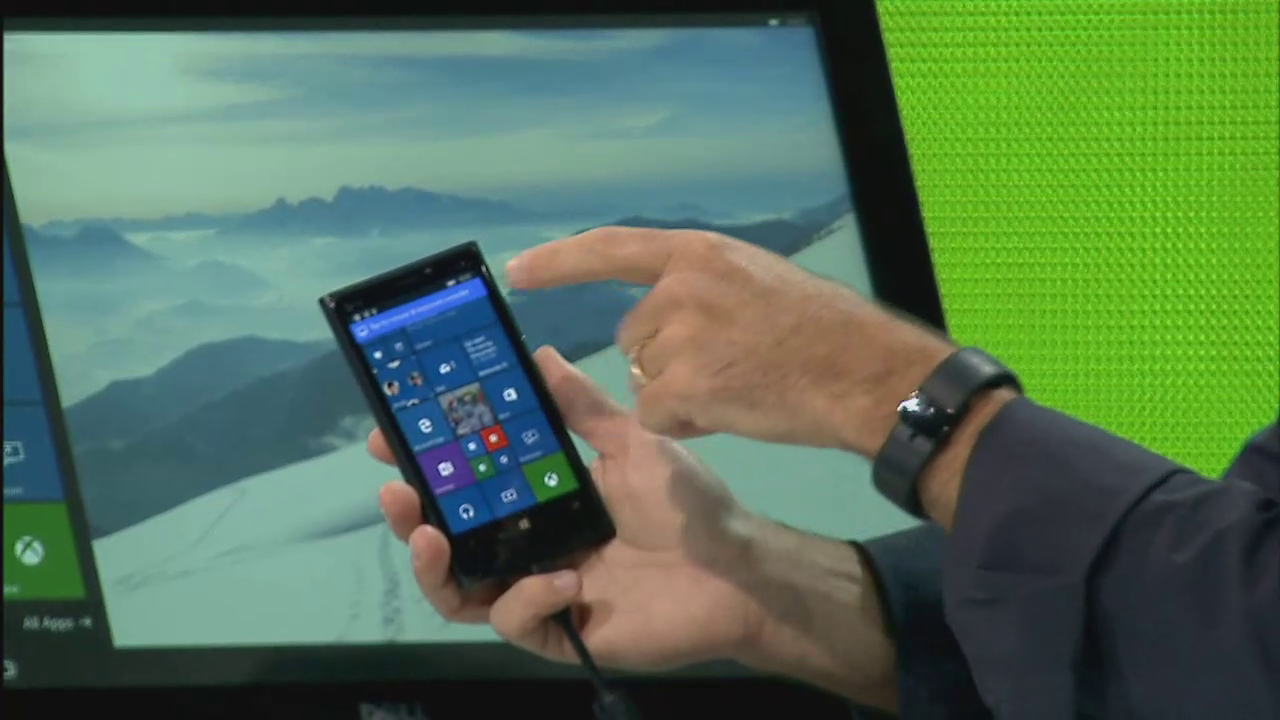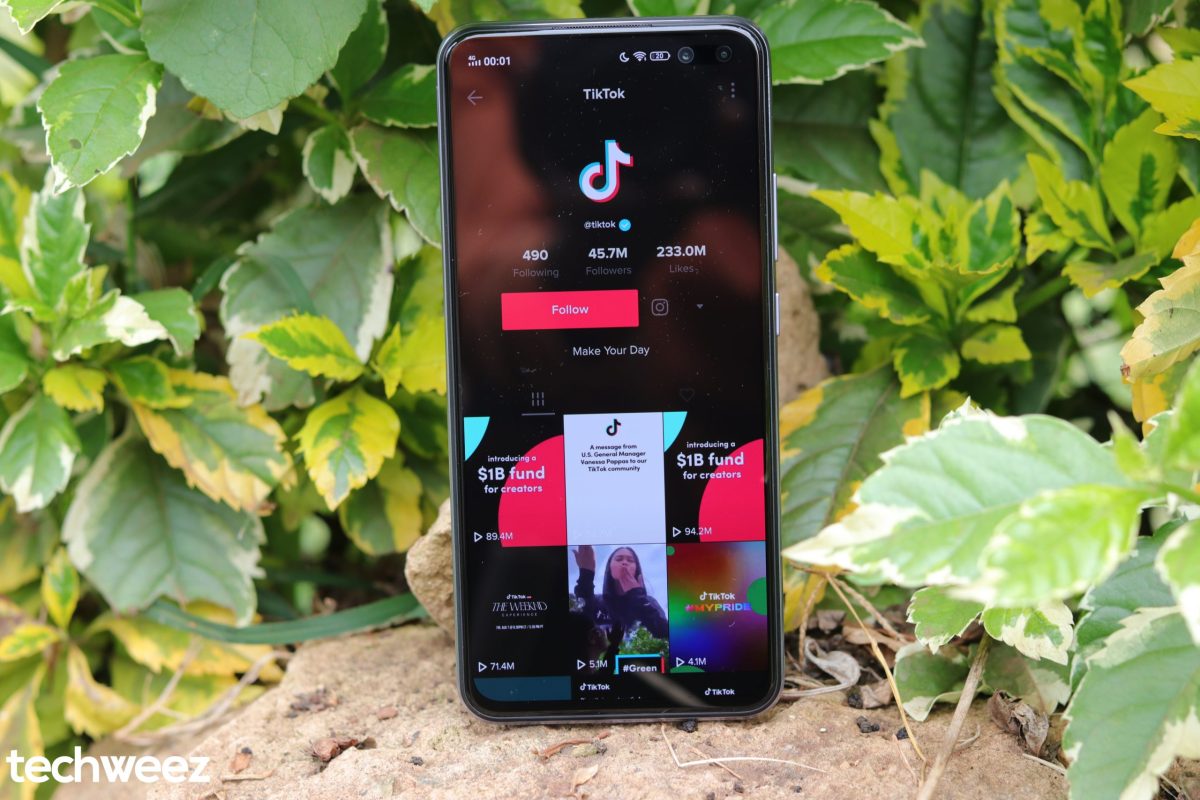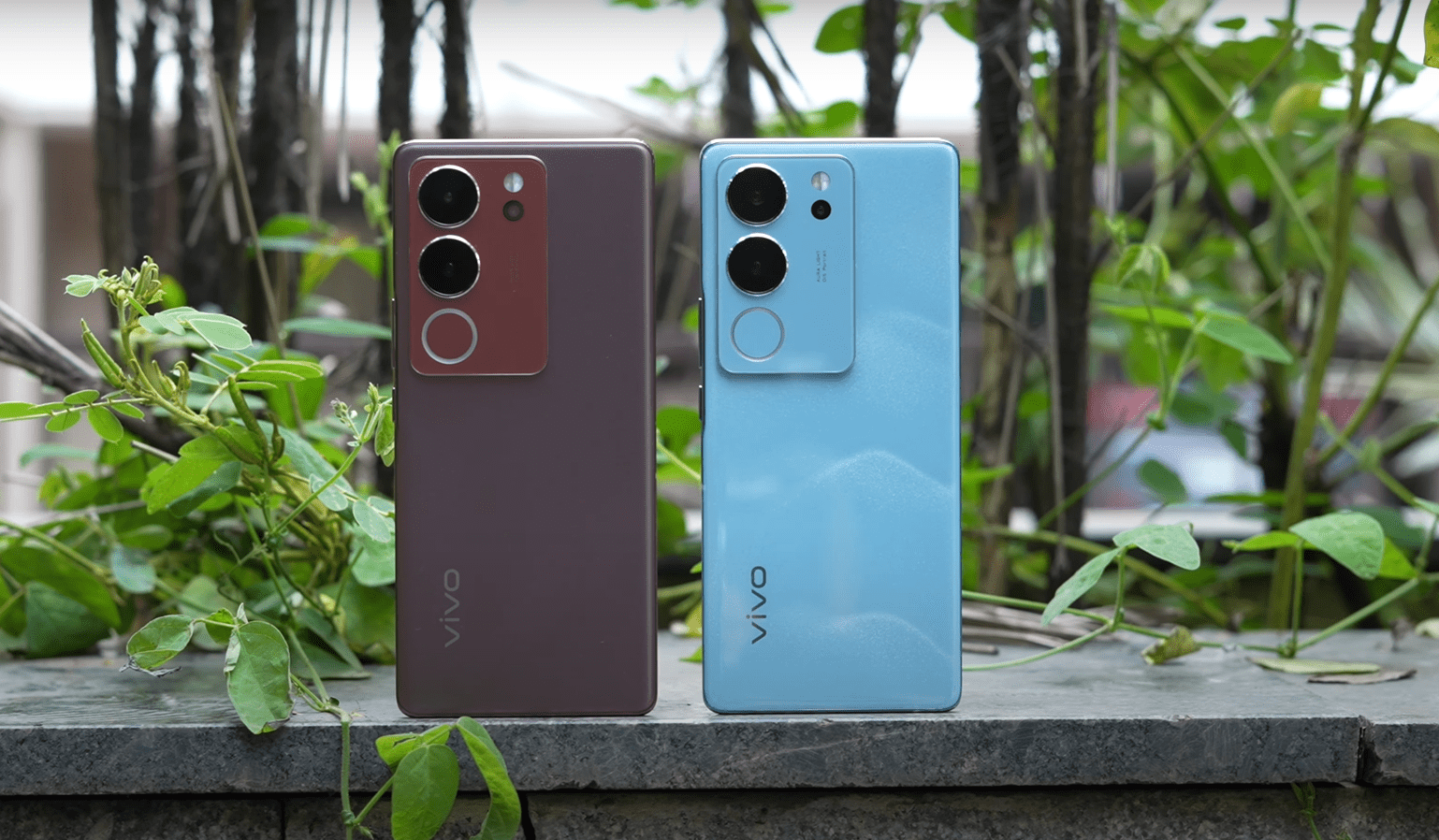18 Months and counting..
That is how long Microsoft has kept Windows Phone users waiting for a high end device. The current Lumia flagship, the Lumia 930 (released in July 2014) is a global variant of the US Verizon exclusive device, the Lumia Icon (released on February 2014). Both these devices use the same hardware internals as the Lumia 1520 (launched in November 2013). If we look back to Microsoft’s famed imaging super phone, the Lumia 1020, the wait increases to 22 months! However, in that same time frame, the mid to low price tiers, Microsoft has released no less than 25 devices. Thus to say that users of high-end Lumia devices are frustrated with waiting, would be an understatement. This long wait is set to end when Microsoft’s launches the Lumia 940 and Lumia 940XL in 2015 Q3.
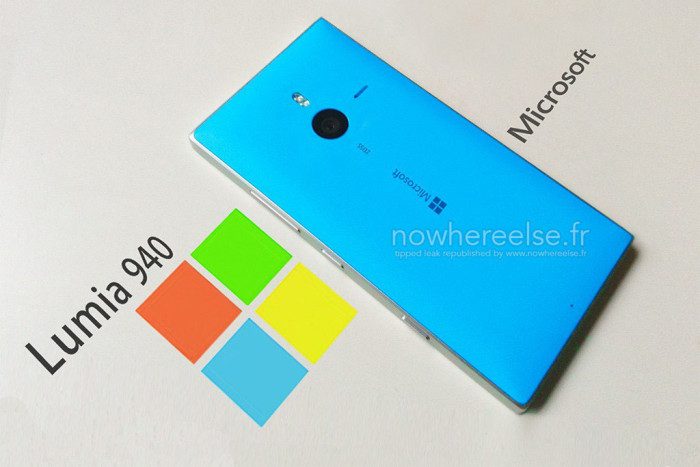
Image courtesy of Nowhereelse.fr
Before we look at what the 4th generation of Windows Phone devices will bring, let’s examine the factors that may have affected Microsoft to choose not release a high end device sooner.
- High end devices typically are updated annually. Since the Lumia 930 was technically launched in July 2014 (even though it was unveiled in March 2014), Microsoft is technically still within their update calendar.
- The Lumia 1520, the first smartphone with a six inch device, does not offer anything more from a productivity standpoint over the Lumia 930 other than an extra inch of real estate. When you compare this to the segment’s leading device, the Samsung Galaxy Note 4, the Lumia 1520 seem ordinary. It doesn’t have pen support, multi-windows and other features that have made the Note 4 a favorite for productivity minded professionals.
- The lengthy acquisition of Nokia’s Mobile device division by Microsoft also played a role. It is apparent now that the high end device strategy during Nokia’s tenure did have not match Microsoft’s new strategy under Satya Nadella, but Redmond was constrained from making changes until the acquisition was complete.
- Redmond chose to focus on strengthen their device portfolio in the segments that they were strong in; the low to mid price segments.
- Last but probably most important, Windows Phone 8.1 couldn’t full take advantage of the the new capabilities that the latest phone hardware offered.
The answers to many of these questions is simply Windows 10. The latest version of Microsoft’s operating system brings many capabilities that can not only take advantage of the latest hardware technologies, but more importantly, align the device with Microsoft’s strategy. Continuing with the recent improvement in its naming convention for Lumia devices first seen in the Lumia 640 and Lumia 640XL, the Lumia 940 will replace the current high end Lumia 930, while the Lumia 940XL will replace the recently discontinued Lumia 1520. NOTE: The Lumia 940 and Lumia 940 XL specifications listed below have not been confirmed by Microsoft and are thus subject to change.
Hardware Specifications
Lumia 940 vs. Apple iPhone 6 vs. Samsung Galaxy 6
| Microsoft Lumia 940 | Apple iPhone 6 | Samsung Galaxy 6 | |
| Officially announced | TBA | 9-Sep-14 | 1-Mar-15 |
| MSRP price | TBA | $849 | $820 |
| OS | Windows 10 | iOS (8.x) | Android (5.0) TouchWiz UI |
| DISPLAY | |||
| Physical size | 5.2 inches | 4.7 inches | 5.1 inches |
| Resolution | 1440 x 2560 pixels | 750 x 1334 pixels | 1440 x 2560 pixels |
| Pixel density | 565 ppi | 326 ppi | 577 ppi |
| Technology | TBA | IPS LCD | Super AMOLED |
| Colors | 16 777 216 | 16 777 216 | 16 777 216 |
| Touchscreen | Capacitive, Multi-touch | Capacitive, Multi-touch | Capacitive, Multi-touch |
| CAMERA | |||
| Camera | 20 Megapixels | 8 megapixels | 16 megapixels |
| Flash | Triple LED | Dual LED | LED |
| Aperture size | TBA | F2.2 | F1.9 |
| Focal length (35mm equivalent) | TBA | 29 mm | 28 mm |
| Camera sensor size | TBA | 1/3″ | 1/2.6″ |
| Front-facing camera | 5 megapixels | 1.2 megapixels | 5 megapixels |
| Video capture | 2560×1440 (QHD) | 1280×720 (720p HD) | 2560×1440 (QHD) |
| HARDWARE | |||
| System chip | Snapdragon 808 | Apple A8 | Exynos 7 Octa 7420 |
| Processor | 6-core, 1800 MHz, ARM Cortex-A53 and ARM Cortex-A57 , 64-bit | Dual core, 1400 MHz, Cyclone ARMv8-A 2nd gen., 64-bit | 8-core, 2100 MHz, ARM Cortex-A57 and ARM Cortex-A53 , 64-bit |
| Graphics processor | Adreno 418 | PowerVR GX6450 | Mali-T760 MP8 |
| System memory | 3072 MB RAM | 1024 MB RAM | 3072 MB |
| Built-in storage | 32 GB | upto 128 GB | upto 128 GB |
| Storage expansion | microSD, microSDHC, microSDXC up to 128 GB | n/a0 | n/a |
| BATTERY | |||
| Capacity | 3000 mAh | 1810 mAh | 2550 mAh |
| Wireless charging | YES | NO | YES |
Lumia 940XL vs. Apple iPhone 6 Plus vs. Samsung Galaxy Note 4
| Microsoft Lumia 940XL | Apple iPhone 6 Plus | Samsung Galaxy Note 4 | |
| Officially announced | TBA | 9-Sep-14 | 3-Sep-14 |
| MSRP price | TBA | $949 | $850 |
| OS | Windows 10 | iOS (8.x) | Android (5.0) TouchWiz UI |
| DISPLAY | |||
| Physical size | 5.7 inches | 5.5 inches | 5.7 inches |
| Resolution | 1440 x 2560 pixels | 1080 x 1920 pixels | 1440 x 2560 pixels |
| Pixel density | 515 ppi | 401 ppi | 515 ppi |
| Technology | TBA | IPS LCD | Super AMOLED |
| Colors | 16 777 216 | 16 777 216 | 16 777 216 |
| Touchscreen | Capacitive, Multi-touch | Capacitive, Multi-touch | Capacitive, Multi-touch |
| Active Pen Support | Yes | No | Yes |
| CAMERA | |||
| Camera | 20 Megapixels | 8 megapixels | 16 megapixels |
| Flash | Triple LED | Dual LED | LED |
| Aperture size | TBA | F2.2 | F2.2 |
| Focal length (35mm equivalent) | TBA | 29 mm | 31 mm |
| Camera sensor size | TBA | 1/3″ | 1/2.6″ |
| Front-facing camera | 5 megapixels | 1.2 megapixels | 3.7 megapixels |
| Video capture | 2560×1440 (QHD) | 1280×720 (720p HD) | 2560×1440 (QHD) |
| HARDWARE | |||
| System chip | Qualcomm Snapdragon 810 | Apple A8 | Exynos Octa 7 |
| Processor | 8-core, 1800 MHz, ARM Cortex-A53 and ARM Cortex-A57 , 64-bit | Dual core, 1400 MHz, Cyclone ARMv8-A 2nd gen., 64-bit | 8-core, 1900 MHz, ARM Cortex-A57 and ARM Cortex-A53 |
| Graphics processor | Adreno 430 | PowerVR GX6450 | ARM Mali-T760 |
| System memory | 3072 MB RAM | 1024 MB RAM | 3072 MB RAM |
| Built-in storage | 32 GB | 128 GB | 32 GB |
| Storage expansion | up to 128 GB | n/a | up to 128 GB |
| BATTERY | |||
| Capacity | 3300 mAh | 2915 mAh | 3220 mAh |
| Wireless charging | YES | No | Yes |
From a design standpoint, we can expect these devices to continue using the design language introduced with the Lumia 930. However, the profile (thickness) of the devices should be significantly thinner than their predecessors. With the 3000 mAh battery on the Lumia 940 and a 3200mAh battery on the Lumia 940XL, the two Lumia flagships should easily outlast both their competitors. Both the Lumia 940 and 940XL will carry a 20 MP Carl Zeiss rear facing camera, and a 5MP front facing camera. As this is not an improvement of the current cameras on the Lumia 1520 and Lumia 930, we can nonetheless expect to see software and usability improvements. This should include the reduction of shot-to-shot time as well an enhancement of the Rich Capture features first introduced on the Lumia 830.
As is evident in the above tables, both the Lumia 940 and Lumia 940 XL will easily match (and in the case of the iPhone, greatly exceed) the hardware capabilities of current high end flagship devices from Apple and Samsung. Note that this is the first this has happened as all previous Windows Phone flagships had lagged behind their competitors. It is important to note that the differentiation of the Redmond’s flagships will not come from the hardware, but from its next generation operating system, Windows 10.
Mobility of Experience
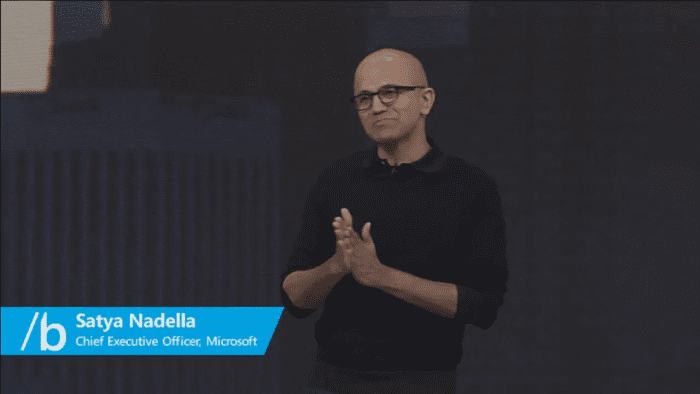
At the recent Microsoft developers conference, Build 2015, Satya Nadella stated the following:
“Windows 10 is not just another release of Windows, it is a new generation of Windows. It is Windows built for this era of more personal computing, where the mobility of experience across devices is paramount. Not just the mobility of the device.”
This statement is a paradigm shift in how users will interact with the devices running Windows 10. As a user moves from laptop to smartphone, their experience will be seamless. Using Microsoft’s cloud platform, apps will “handover” information quickly and securely, buy applications that run on all their devices, and have intelligent switching between personal and professional profiles. The following Windows 10 features will usher this era of mobility of experience on the Lumia 940 and Lumia 940XL.
Universal Windows Apps
Universal Windows Apps (UWA) will allow developers to write once and deploy over multiple form factors without having to recode. The UWA apps will automatically change to fit the device they are running on. To help bring top tier mobile apps from iOS and Android, Microsoft is adding support that will enable Developers to port their applications over and still retain up to 95% of their existing code. UWA’s will accessed via one unified store, giving users the flexibility to buy an app once and use it across multiple devices. Microsoft will also bring Carrier Billing to the Windows 10 app store to empower users with flexibility in purchasing applications for their phones, PCs and Xbox One devices.
Continuum
Continuum is the Windows 10 feature that allows Windows 10 devices to change their interface based on how the user is handling the device. The Lumia 940 will be the first device that allows users to use their phone to run applications in a PC-like environment on an external monitor. Utilizing the dual display capabilities of the Qualcomm Snapdragon 808 and 810, the Lumia 940 and Lumia 940Xl will be able to run full screen applications on an attached monitors (at full HD or higher resolutions). These full screen applications will function just as they would on a PC, providing full mouse and keyboard support (with all the usual Windows keyboard shortcuts). The phone will also be able to continue running other applications on its screen.
Natural Input Support
Even though Pen support has existed on the Windows platform since Windows XP, Windows 10 will be the first operating system that provides full Pen support across the OS and applications. The 5.7 inch phablet screen of the Lumia 940XL makes it a great candidate to use an active pen for taking notes via OneNote, editing Office documents or interactiing with other productivity software in a natural way. Microsoft’s recent acquisition N-trig (an Israeli company that developed the active pen technology used in the Surface Pro 3) shows how serious they are on incorporating pen technology throughout their ecosystem. If Microsoft integrates this technology into the Lumia 940XL, it will be a true competitor to the Galaxy Note 4 smartphone.
Cortana
Microsoft’s personal digital assistant, will gain more functionality with Windows 10. Utilizing the power of Azure, Cortana will add value to users interaction with their devices by bringing insightful answers and data when it is needed. As Cortana runs on both PC and smartphones, the user experience carries seamlessly across devices, apps and services. For example, Cortana is aware of appointments in Outlook and can thus provide a reminder (which is also conscious of traffic conditions) that will allow the user to summon an Uber ride with enough time to make the appointment. Cortana can also be configured to tie into Office Delve and Power BI of Enterprise solutions. Thus as a user could quickly query about a data report during a meeting.
Microsoft Edge
Microsoft’s Edge, is a brand new browser that jettisons all the legacy and bloat of Internet Explorer. This allows Windows users to take full advantage of the modern web, like extension support. In fact Microsoft edge brings over 4200 improvements. Currently Microsoft Edge best both Safari, Chrome and Firefox in benchmark tests for speed
Security
Though this has not been confirmed, I can speculate that the Lumia 940 and Lumia 940 XL will use the 5 MP front facing camera to securely detect the user of the device. This feature, called Windows Hello, runs on exclusively on Windows 10 and will allow users to sign in quickly into their devices as well perform secure transactions. Though this feature was demoed at the recent Microsoft Ignite conference, we will have to wait and see how Microsoft implements it on Lumia flagships.
Watch Windows Hello in action below.
https://www.youtube.com/watch?v=1AsoSnOmhvU&feature=youtu.be

